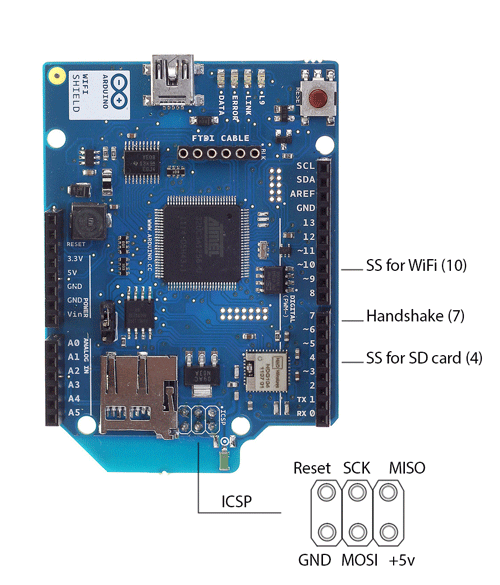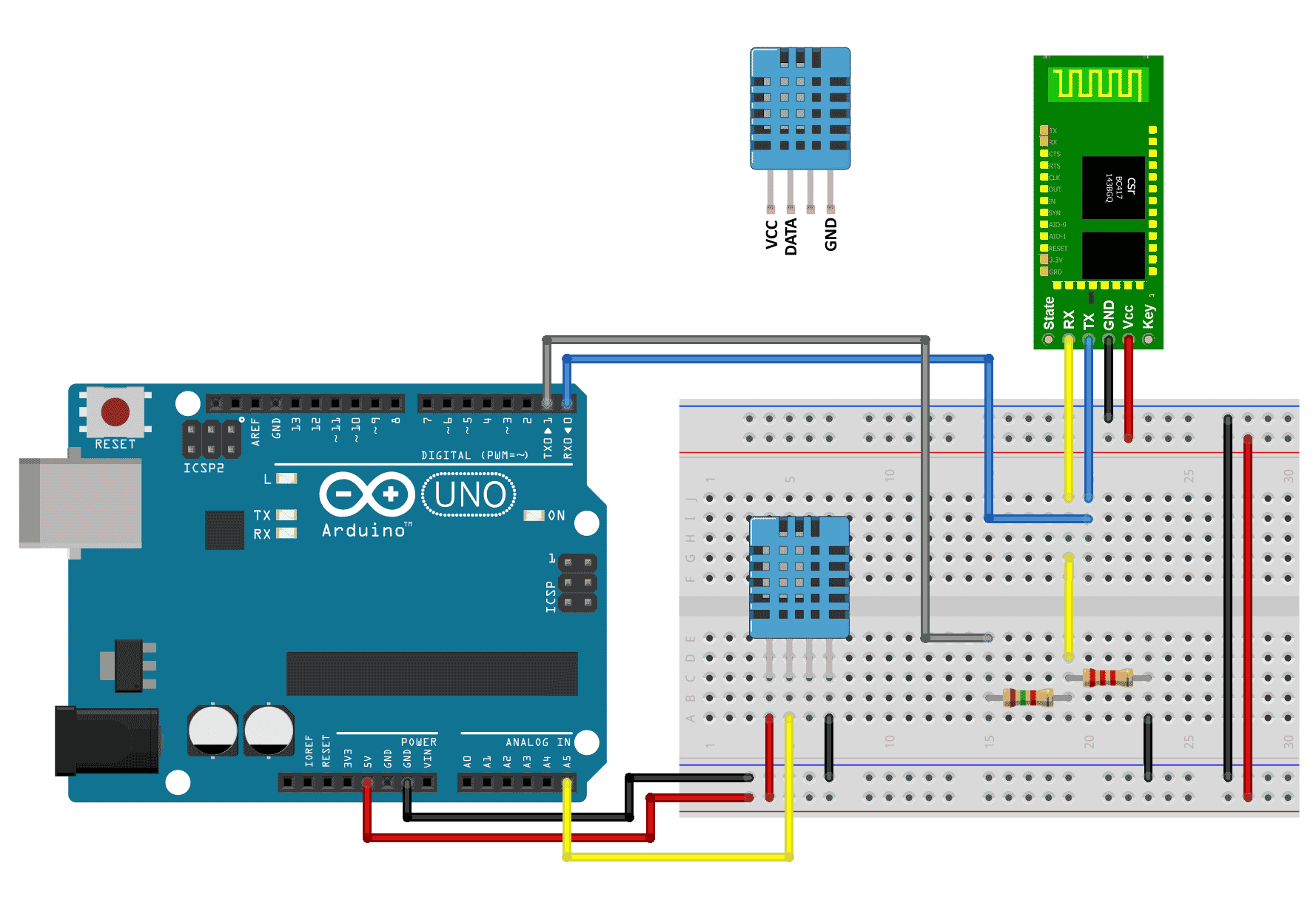Conexion Wifi Con Labview

This instructable is a quick tutorial explaning how to connect your Arduino to LabVIEW thought USB.You’ll learn how to send a string and receive data available at USB port.First of all, C programming skills and LabVIEW diagram block knowledge will help.You will need:. Arduino UNO;. LM35 (Or other sensor);. LabVIEW Software with NI-VISA Driver;This tutorial will not explain how LM35 sensor works. See its.What's LabVIEW?LabVIEW (Laboratory Virtual Instrument Engineering Workbench) is a visual programming language developed by National Instruments. It's very useful for data acquisition (purpose of this tutorial), instrument control, industry automations.Arduino?Arduino is an open-source computer hardware used to develop interactive objects, taking inputs from a variety of switches or sensors, and controlling a variety of lights, motors, and other physical outputs. Arduino projects can be stand-alone, or they can communicate with software running on your computer (e.g.
Flash, Processing, MaxMSP.) The boards can be assembled by hand or purchased preassembled; the open-source IDE can be downloaded for free. 4ª It’s time to “Join the dots”4.1 Create a while loop in Programming Structures While Loop. 1)4.2 Create three Case structures inside of while loop in Programming Structures Case Structure. 2)4.3 The first two Case are for writing a string and the last one for reading. 3)4.4 The VISA Configure Serial Port and VISA Close go outside the while loop. 3)You can put VISA Configure Serial Port inside the while loop.
The example above, you gotta choose the COM Port first before running the vi, but if you put inside the loop you can choose the COM Port anytime.4.5 Visa Bytes at Port goes inside while Loop. To activate the Reading case, it has to check if the bytes at serial port are greater than 0 using a Programming Comparison Grater than 0 VI. 4)4.6 If the bytes at port are greater than 0, the “True Case Structure” will be activated and the VISA Read will return the bytes read.4.7 VISA Configure Serial Port should let the user choose which serial port to use and set up the baud rate, so “ Visa resource name” and “ Baud Rate” must be a control.
The default baud rate is 9600. 4);4.8 Create a command at VISA Write Write Buffer.
That string will be written to USB Port. This tutorial uses TO for Turn On and TF for Turn Of f. 5)If you want to send commands from keyboard, you can use just one VISA Write and create a control for input string. This tutorial uses buttons.5ª Go to Front Panel window to create an user interface.5.1 To show the data received (temperature), It’d be nice to have one Numerics Thermometer and a Graph Indicators Chart. 6)5.2 Add the buttons ( Buttons OK Button) to turn on/turn off the sensor. Change the Mechanical Action to Switch Until Released and add num inds ( Num Inds Num Indicator) to see the temperature.You can also add some captions like “USB Control” and “LM35”; (Pict.
7)6ª Return to Diagram Block window to set the Buttons, Graph, Thermometer and Num inds. To show the data received from the USB Port, it needs to be converted from string to number:.

Robar Wifi Con Claves Sin Descargar Nada
Programming String String/Number Convertions Fract/Exp String to Number: converts string to number. This VI must be added inside the read case structure to make sure that all data received will be converted.The String input of this VI is connected to read buffer of VISA Read. 8)7ª Now connect the Gaph, Thermometer and Num ind to the Number output of Fract/Exp String to Number. 9)8ª Connect the turn on button to the first case structures, the turn off button to the second case and stop button to While Loop Condition. (Pict.10)9ª Due to the fast process, add some delay in the while loop Programming Timing Wait (ms) to wait 600 ms, to make sure the all data has been received, once the arduino will refresh the data every 500ms (See Arduino Code). 10)VISA Configure Serial Port is inside the while loop in the 10th picture.

Camaras De Seguridad Wifi Con Audio
You can check if the USB Port is available, or even check if there’s a kind of error with the COM Port. This ( Programming Dialog and User Interface Find First Error ) VI return “true” if there’s an error, then if the COM port didn’t return an error, it’s available, otherwise, an error was thrown (Pict. 1, 3). You can create an error handler ( Programming Dialog and User Interface Simple Error Handler). It’ll indicate an error, where it is and a description of the error. 2,3).You can also reset the VI eveytime it runs, just use the VI Server Reference ( Programming Application Control VI Server Reference), and Invoke Node ( Programming Application Control Invoke Node).